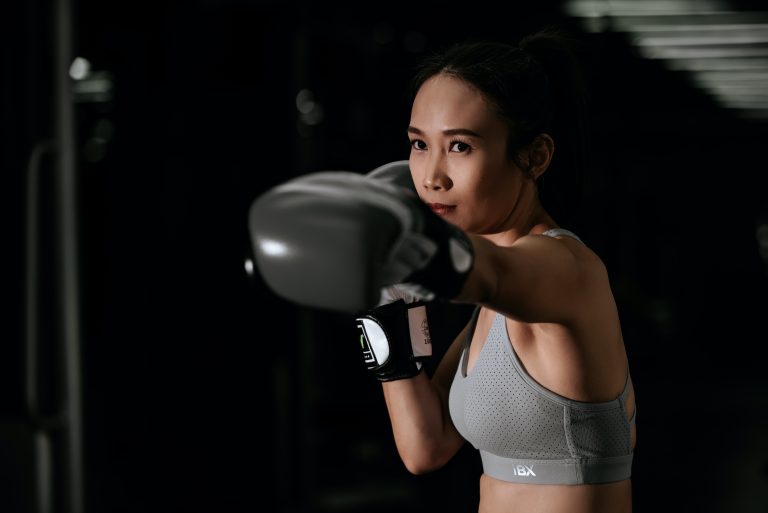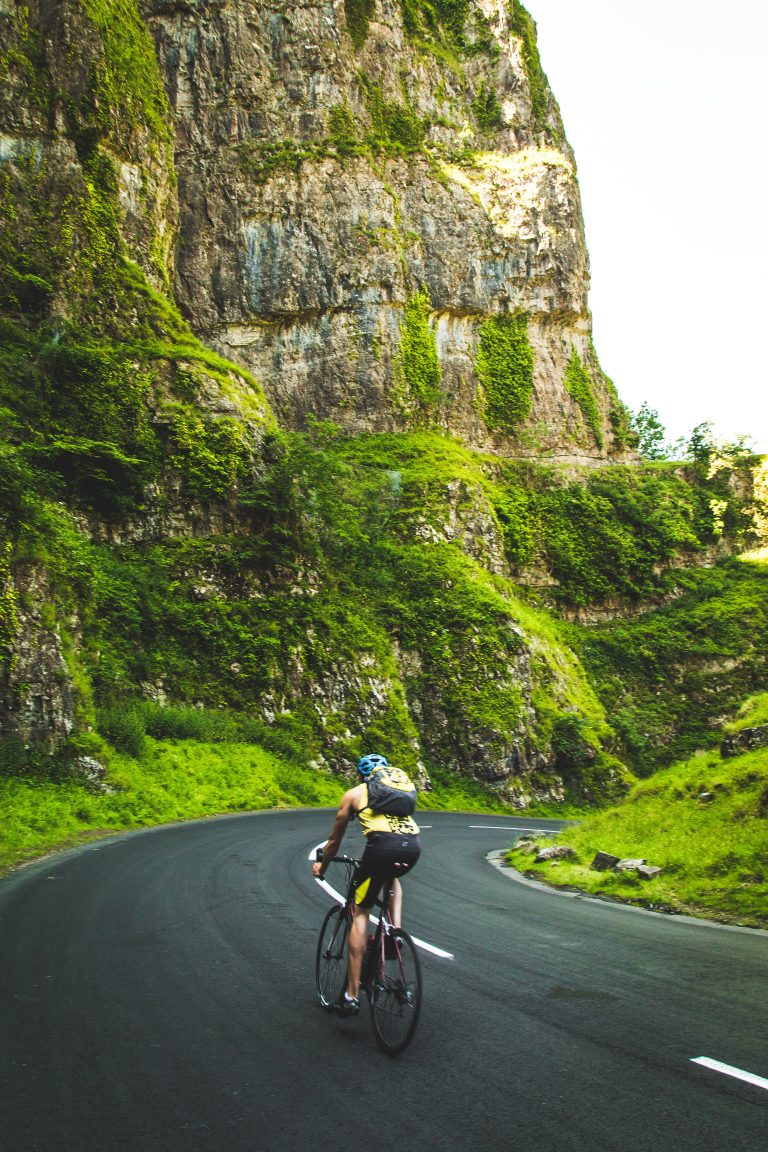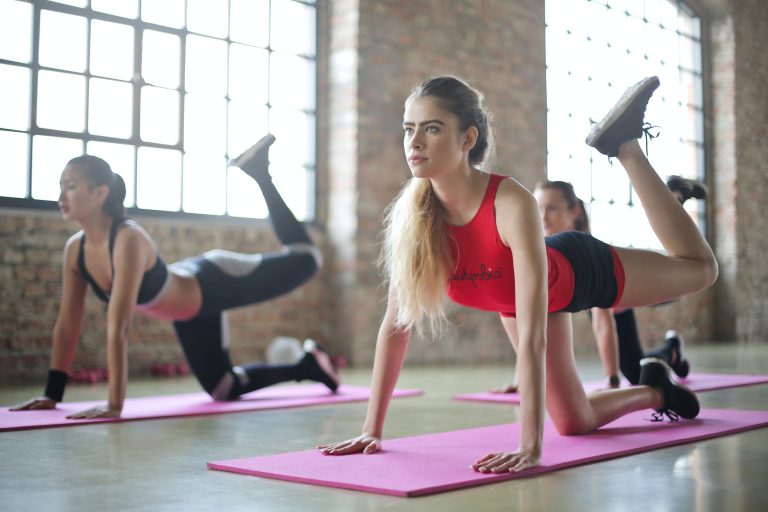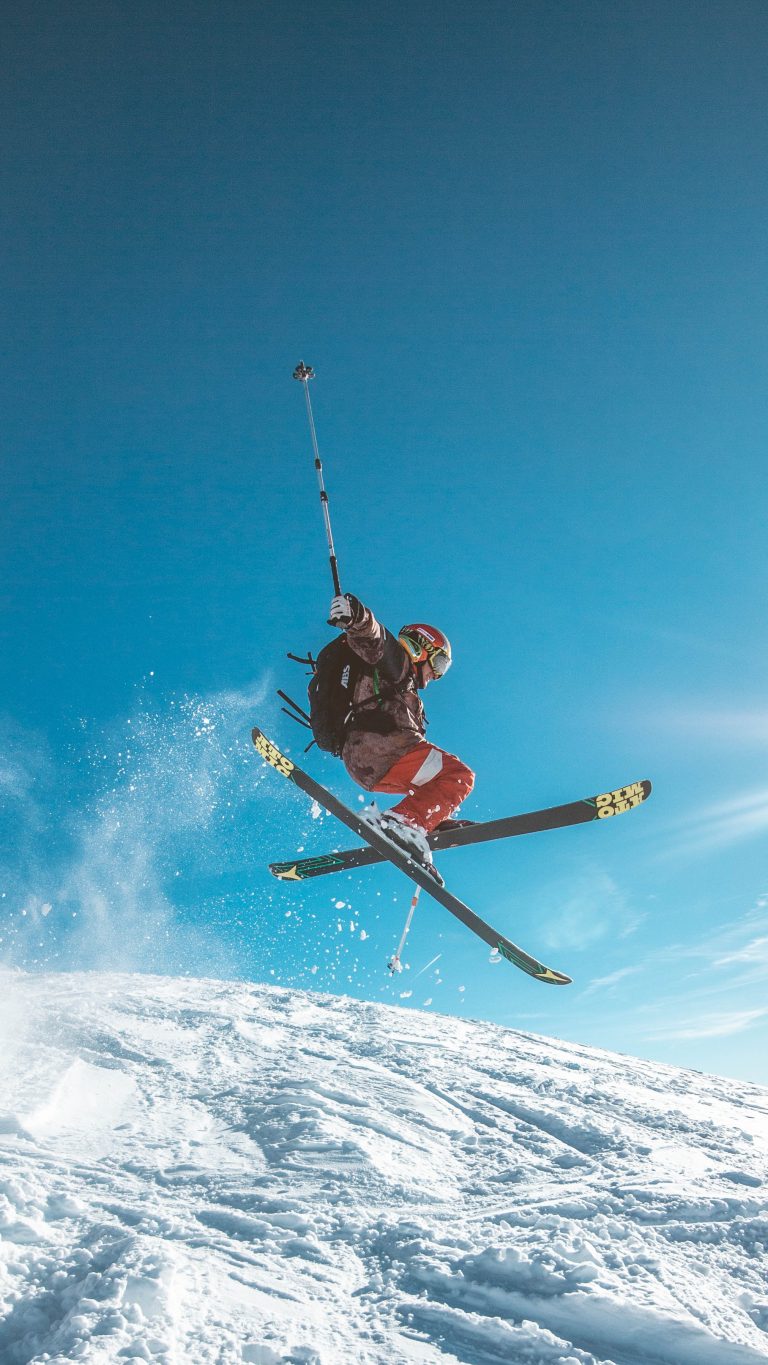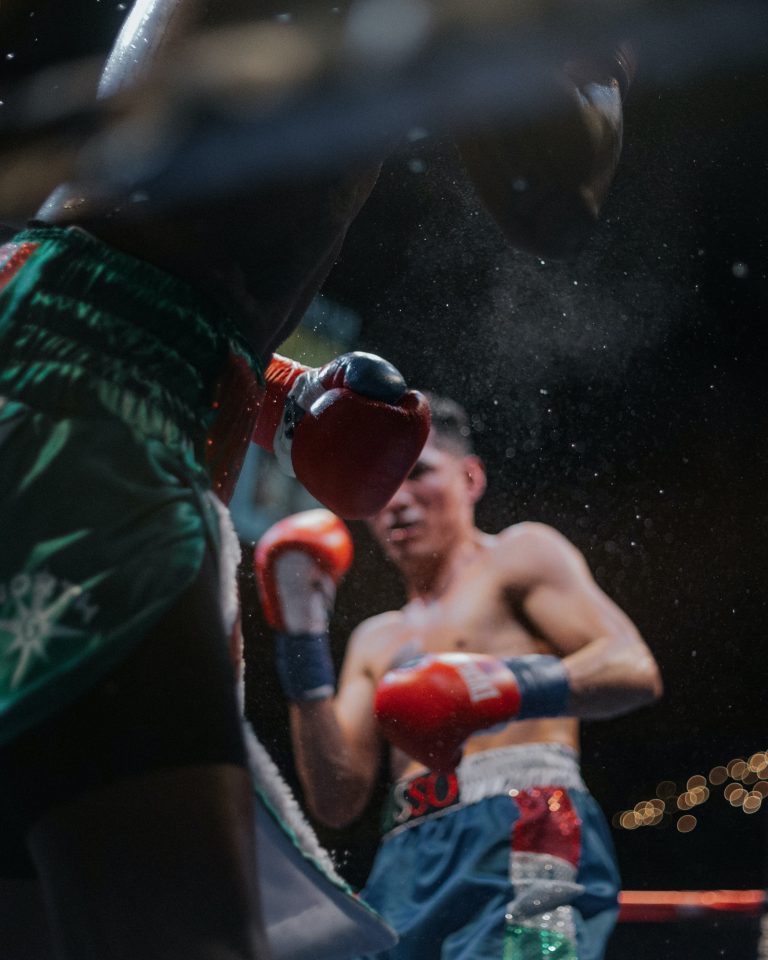Karate: A Comprehensive Guide to the Martial Art
Karate, one of the most popular martial arts in the world, is a physical and combat discipline that combines elements of sprituality, self-development, and physical combat. It trains the body, mind, and spirit to work together in harmony, encouraging practitioners to reach their ultimate potential. Consequently, karate is a popular choice for many people looking to gain fitness and self-defense skills. But, without a comprehensive understanding of the art, it can be difficult to get the most out of your practice. In this article, we’ll discuss karate in depth, covering everything from its origin and development to its main styles, benefits, and more.
History and Background of Karate
Karate is a martial art with roots in Ryūkyū, an old kingdom in Okinawa, Japan. It began in the 17th century as an eclectic mix of various local fighting styles developed by Okinawa’s people. During its evolution, karate has assimilated various Chinese martial arts such as Wing Chun and Shaolin Kung Fu, resulting in various hybrid forms.
Karate’s development was decentralized until 1922 when Gichin Funakoshi, considered to be the father of modern karate, held a demonstration at the Kodokan Judo Institute in Tokyo. Funakoshi had studied martial arts from childhood and combined elements from various schools of karate he had practiced across Okinawa. He presented and later masterminded a set of kata – forms that mimic real combats moves but without a partner – that provided a basis for karate as it is understood and practiced today.
Main Karate Styles
Karate’s techniques can be broken down into three main styles:
Shotokan
The Shotokan Karate style is named after its creator Gichin Funakoshi. It is the most popular style in the world and it places more emphasis on the use of kata. This type of karate is characterized by strong linear techniques and powerful stances.
Goju-Ryu
Goju-Ryu is a style of karate developed in Okinawa by Chojun Miyagi. It is characterized by a combination of hard and soft/circular techniques, which is why its name means “hard-soft style.” This style includes various breathing exercises and training methods adapted from Chinese Kung Fu.
Kyokushin
Kyokushin is the most dynamic style of karate, known for its emphasis on full-contact sparring. It was created by Masutatsu Oyama from a combination of Shotokan and Goju-Ryu styles. It is often likened to Western boxing due to its focus on kicks with few punches.
Benefits of Karate Training
Karate provides practitioners with numerous physical and mental benefits such as improved cardiovascular strength, reflexes, coordination, stamina, flexibility, strength, muscle tone and improved body awareness. Additionally, training increases self-confidence and teaches practitioners how to stay calm under pressure and mentally focused. But these benefits are not limited to the physical realm; they expand into the mental realm too. Karate teaches people to take control of their thoughts, which leads to increased mental awareness and improved psychological resilience.
Furthermore, karate also leads to a strong sense of discipline that can be applied to other aspects of life. The respect given by a practitioner towards their teacher – known as Sensei – teaches respect for authority and encourages disciplined behavior. Finally, practitioners learn perseverance; karate teaches you not to give up and encourages problem-solving skills that can be applied to other areas of life.
Safety Requirements for Karate Practice
Given that karate is primarily a contact sport with physical fighting elements, it is important to take safety precautions when training. Before beginning practice, practitioners should always wear appropriate clothing such as loose-fitting clothing and flat leather shoes for ease of movement. Additionally, it is strongly recommended that you wear protective gear such as shin guards and mouthguards when sparring or practicing kumite (kata performance with an opponent).
Moreover, it is important that practitioners are aware of their physical limitations; fatigue or injury can lead to injury if one has pushed themselves too far in their training session. As such, it is recommended that practitioners regularly stretch before training and remain aware of their physical capacity when performing any tasks related to karate. Additionally, it is important to find a dojo (a place where martial arts such as karate are taught) where qualified instructors can teach practice safely and responsibly. By taking care with these practices – as with any contact sport – practitioners can go ahead and enjoy their practice safely.
Conclusion
Karate has become extremely popular around the world thanks to its numerous mental and physical benefits when practiced correctly. Whether it’s for self-defence or fitness reasons – or simply just for fun – everyone can stand to gain something from delving into this wonderful art form. Taking into account its history, styles, benefits and safety requirements will enable anyone looking to get into karate to do so in an informed and safe way. We hope this article has been useful in your quest to master the art of karate!
The Most Frequently Asked Questions About the History and Background of Karate
Karate is one of the most popular martial arts in the world. This Japanese combat technique has been widely practiced for centuries. If you’re new to Karate or curious about its history and background, then you’ve come to the right place. This article will answer some of the most frequently asked questions about Karate, its history, and its practice.
1. What is Karate?
Karate is a Japanese martial art that originated on the island of Okinawa. It is a technique that involves punches, kicks, blocks, and strikes, as well as grappling, joint locks, and throws. Karate is also referred to as „empty hand“ as it is primarily used for self-defense without weapons. However, the discipline has evolved over the years and there are now weapon-based Karate techniques.
2. What is the History of Karate?
The origin of Karate can be traced back to the Ryukyu Islands, now known as Okinawa, in the 1300s. Karate was created to help farmers protect themselves from bandits and pirates. It was passed down from generation to generation and eventually made its way to mainland Japan in the early 20th century. Karate gained popularity in Japan with the establishment of the Japan Karate Association in 1949 by Gichin Funakoshi.
3. What is the Importance of Kata in Karate?
Kata refers to a sequence of movements that are practiced in Karate. It is an essential part of Karate training as it develops one’s striking and defense techniques. Kata is also used to improve a Karate practitioner’s balance, coordination, and focus. Furthermore, Kata is used to record and pass on the Karate techniques from generation to generation.
4. What are the Different Styles of Karate?
There are several styles of Karate, each with its unique techniques and training methods. Some of the most popular styles of Karate include Shotokan, Goju-ryu, Shito-ryu, and Wado-ryu. Shotokan Karate is the most widely practiced style in the world, with a focus on strong, fast strikes and dynamic movements. Goju-ryu is another popular style that blends hard, forceful strikes with soft, fluid movements.
5. How does Karate improve physical health?
Karate training is an excellent way to improve physical health. It improves one’s strength, endurance, and flexibility. Additionally, Karate training is an effective way to lose weight, increase muscle tone, and reduce stress. It also improves one’s cardiovascular health and helps to reduce the risk of chronic diseases.
6. What is the Difference Between Karate and Kung Fu?
Karate and Kung Fu are two different martial arts. Karate originated in Japan, while Kung Fu originated in China. Karate involves a lot of punching and kicking techniques, while Kung Fu involves more grappling and joint locks. Karate does not include weapons training, while Kung Fu includes weapons training. However, both martial arts share similar principles of self-defense, discipline, and respect.
7. How Long Does it Take to Learn Karate?
Karate, like any other martial art, is a lifelong learning process. It takes years of consistent training to achieve mastery in Karate. However, with regular practice, one can start seeing the benefits of Karate within months. The time it takes to learn Karate also depends on one’s dedication, commitment, and natural ability.
8. What are the Benefits of Practicing Karate?
Practicing Karate offers many benefits, including physical and mental health benefits. It improves one’s strength, endurance, flexibility, and cardiovascular health. Additionally, Karate training helps to reduce stress and improve mental focus and concentration. Furthermore, Karate training develops a sense of discipline, respect, and self-confidence.
9. How is Karate Practiced?
Karate is practiced with a partner or in groups. The training includes kata, which involves a sequence of movements, and kumite, which is a sparring exercise with a partner. Karate practitioners also practice on striking and blocking pads and bags. The training is focused on improving one’s strength, endurance, balance, and coordination.
10. Can Anyone Learn Karate?
Yes, anyone can learn Karate. Age, gender, and physical abilities don’t matter. Karate training is adapted to each individual’s needs, limitations, and abilities. However, it’s always best to seek the guidance of a certified Karate instructor before starting any training program.
Conclusion
Karate is a fascinating martial art that offers many benefits for physical and mental health. It has a rich history and a variety of styles to choose from. If you’re interested in learning Karate, find a certified instructor, and start your training journey today. With dedication, commitment, and consistent practice, you can achieve mastery in Karate and enjoy its benefits for a lifetime.
Inhaltsverzeichnis

